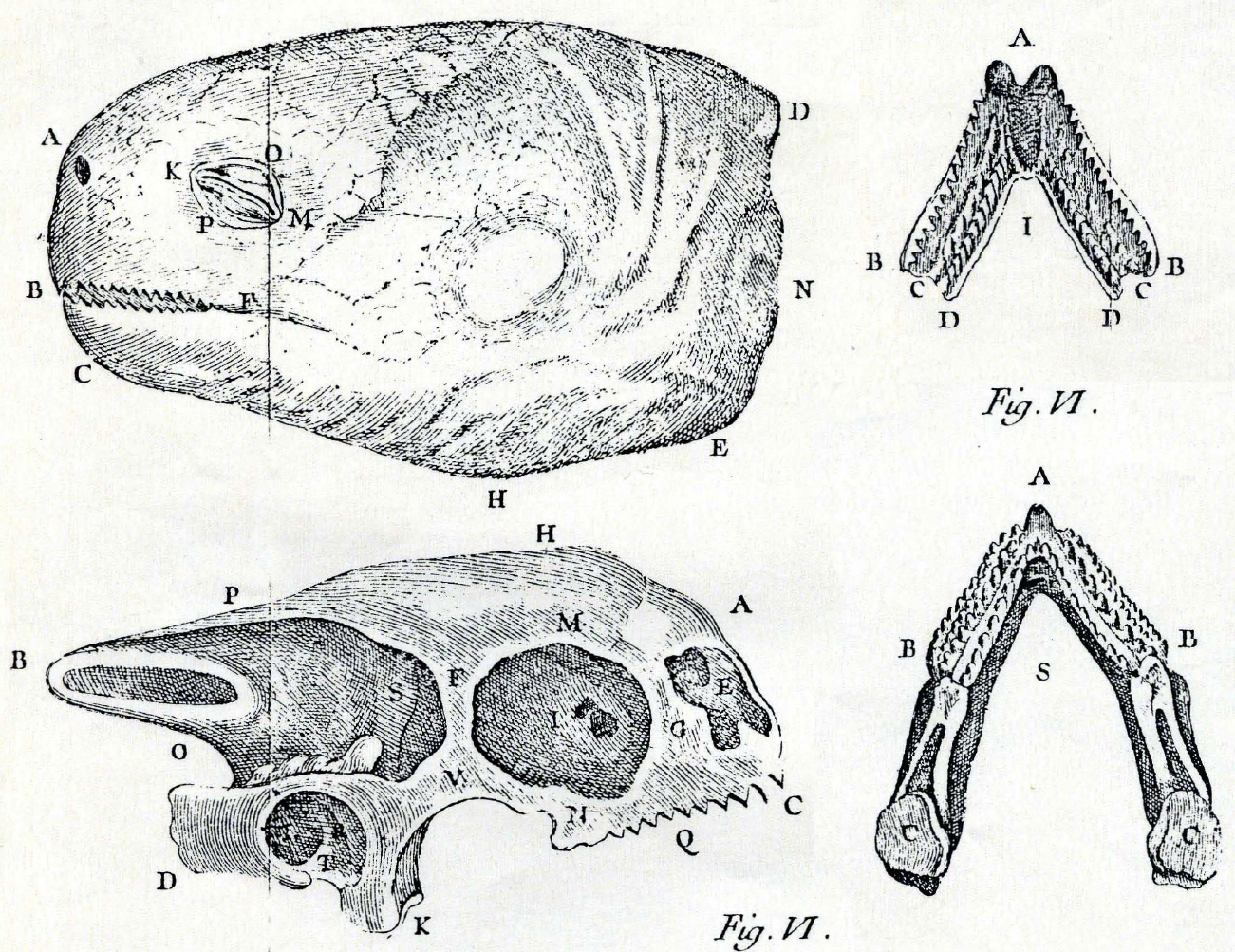Réunion Giant Tortoise on:
[Wikipedia]
[Google]
[Amazon]
The Reunion giant tortoise (''Cylindraspis indica'') is an
/ref>
 These giant tortoises were very friendly, curious, and had no fear of humans. They were, therefore, easy prey for the first inhabitants of the island, and were slaughtered in vast numbers to be burnt for fat and oil, or to be used as food (for humans or pigs). Large numbers were also stacked into the holds of passing ships, as food supplies for sea trips.
In addition,
These giant tortoises were very friendly, curious, and had no fear of humans. They were, therefore, easy prey for the first inhabitants of the island, and were slaughtered in vast numbers to be burnt for fat and oil, or to be used as food (for humans or pigs). Large numbers were also stacked into the holds of passing ships, as food supplies for sea trips.
In addition,
extinct
Extinction is the termination of a kind of organism or of a group of kinds (taxon), usually a species. The moment of extinction is generally considered to be the death of the last individual of the species, although the capacity to breed and ...
species of giant tortoise
Giant tortoises are any of several species of various large land tortoises, which include a number of extinct species, as well as two extant species with multiple subspecies formerly common on the islands of the western Indian Ocean and on the ...
in the family Testudinidae. It was endemic
Endemism is the state of a species being found in a single defined geographic location, such as an island, state, nation, country or other defined zone; organisms that are indigenous to a place are not endemic to it if they are also found elsew ...
to Réunion
Réunion (; french: La Réunion, ; previously ''Île Bourbon''; rcf, label= Reunionese Creole, La Rényon) is an island in the Indian Ocean that is an overseas department and region of France. It is located approximately east of the island ...
Island in the Indian Ocean
The Indian Ocean is the third-largest of the world's five oceanic divisions, covering or ~19.8% of the water on Earth's surface. It is bounded by Asia to the north, Africa to the west and Australia to the east. To the south it is bounded by th ...
.
This giant tortoise was numerous in the 17th and early 18th centuries. They were killed in vast numbers by European sailors, and finally became extinct in the 1840s.Petermaas.nl/ref>
Description
The Réunion giant tortoise was 50 to 110 cm long. It was the largest of the ''Cylindraspis
''Cylindraspis'' is a genus of recently extinct giant tortoises. All of its species lived in the Mascarene Islands (Mauritius, Rodrigues and Réunion) in the Indian Ocean and all are now extinct due to hunting and introduction of non-native pre ...
'' giant tortoise species of the Mascarenes. It was roughly the same size as modern Aldabra giant and Galapagos giant tortoises, though it was a longer and more elongated animal.
It had long legs and a long neck which supported a large head with powerful, strongly-serrated jaws. The species was sexually dimorphic, in that males were noticeably larger than females.
It was also a highly variable species. A problem arises when identifying this species because it appears there were domed variants as well as saddle-backed variants.
Distribution
This species was endemic toRéunion
Réunion (; french: La Réunion, ; previously ''Île Bourbon''; rcf, label= Reunionese Creole, La Rényon) is an island in the Indian Ocean that is an overseas department and region of France. It is located approximately east of the island ...
. On this island it was naturally extremely numerous, and its vast herds provided an important role in the health and rejuvenation of the indigenous forests.
Extinction
 These giant tortoises were very friendly, curious, and had no fear of humans. They were, therefore, easy prey for the first inhabitants of the island, and were slaughtered in vast numbers to be burnt for fat and oil, or to be used as food (for humans or pigs). Large numbers were also stacked into the holds of passing ships, as food supplies for sea trips.
In addition,
These giant tortoises were very friendly, curious, and had no fear of humans. They were, therefore, easy prey for the first inhabitants of the island, and were slaughtered in vast numbers to be burnt for fat and oil, or to be used as food (for humans or pigs). Large numbers were also stacked into the holds of passing ships, as food supplies for sea trips.
In addition, invasive species
An invasive species otherwise known as an alien is an introduced organism that becomes overpopulated and harms its new environment. Although most introduced species are neutral or beneficial with respect to other species, invasive species ad ...
, such as pigs, cats, and rats, destroyed the eggs and hatchlings of the giant tortoises.
Coastal populations were completely decimated by the 18th century. It was presumed extinct in much of the island since 1800, with the last specimen observed in Upper Cilaos. The last few animals survived in the highlands until the 1840s.D.Day: ''The Doomsday Book of Animals''. Ebury Press, London. 1981. .
References
{{DEFAULTSORT:Reunion giant tortoise Cylindraspis Reptile extinctions since 1500 Endemic fauna of Réunion Vertebrates of Réunion Extinct turtles Reptiles described in 1783 Species endangered by invasive species Species endangered by use as food Species made extinct by human activities Taxonomy articles created by Polbot